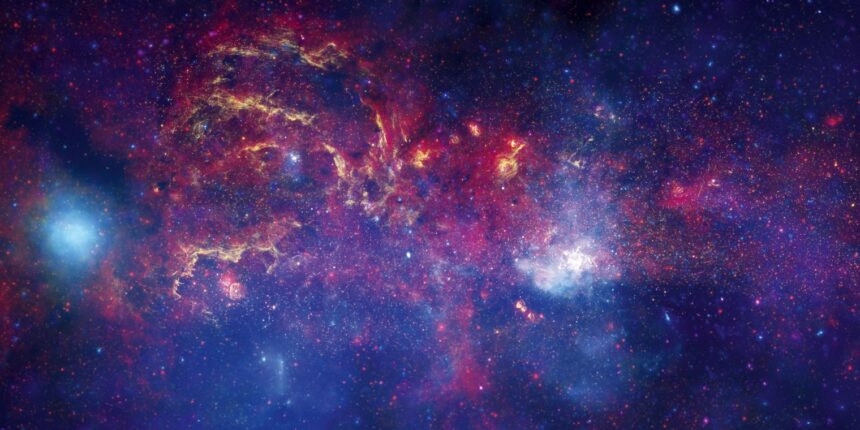Imagine a vast cosmic tableau, where galaxies resemble foamy bubbles clinging to the surface of an infinite cosmic ocean. Over countless ages, they’ve come together in clumps and strands amidst the deep darkness.
This intricate cosmic arrangement has taken shape gradually, guided by the force of gravity, originating from a distant time when the universe was a uniform expanse of scorching particles, emerging from the fiery birth of the Big Bang billions of years ago. Although this expansion may appear gradual to us ordinary humans, physicists from the University of Michigan, namely Nhat-Minh Nguyen, Dragan Huterer, and Yuewei Wen, aim to decelerate it even more, all while resolving one of science’s most perplexing dilemmas in the bargain.
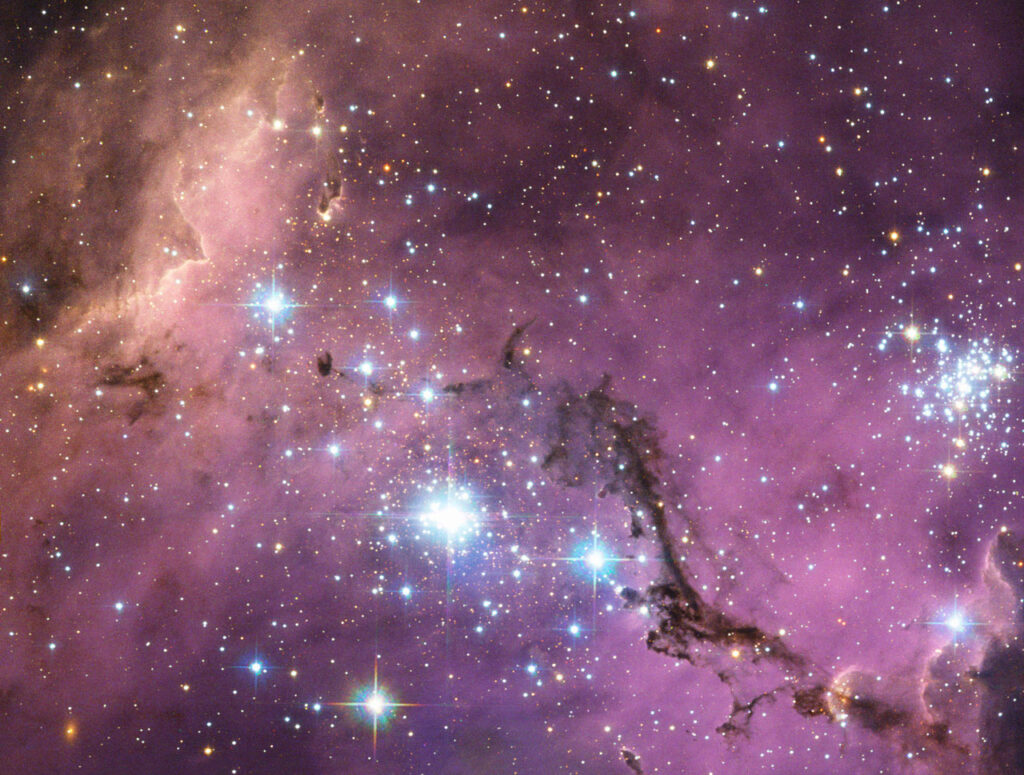
Their proposed adjustment to the leading model explaining our Universe could potentially reconcile a significant contradiction in our observations of the Universe’s expanding dimensions. The cosmic void has more room today than it did yesterday because some force is driving this expansion of emptiness, subtly exerting pressure in the intergalactic voids, thereby gradually pushing the Universe’s large-scale structure apart at an accelerating pace. As the identity of this enigmatic force remains unknown, we dub it “dark energy.”
If gravity acts like an amplifier enhancing matter perturbations to grow into large-scale structure, then dark energy acts like an attenuator damping these perturbations and slowing the growth of structure.
By examining how cosmic structure has been clustering and growing, we can try to understand the nature of gravity and dark energy.
Minh Nguyen, the lead author of an investigation into the large-scale structure’s growth
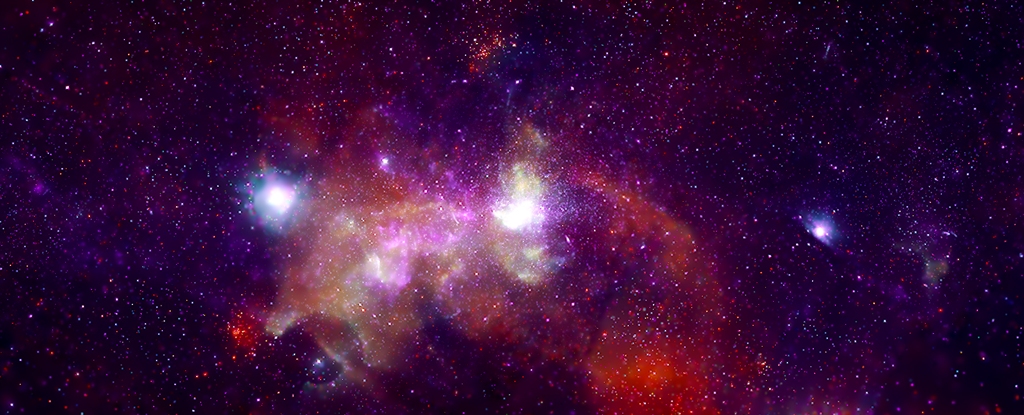
Determining the exact pace of expansion, a value referred to as the Hubble constant (H0), is a rather murky affair. When measuring the recession of specific types of supernovae as they move away, one might arrive at an acceleration rate of 74 kilometers per second per megaparsec. On the other hand, by studying the ‘light echoes’ of stretched radiation from the aftermath of the Big Bang, known as the cosmic microwave background (CMB), H0 seems to hover closer to approximately 67 kilometers per second.
While this discrepancy may not initially appear significant, it has persisted through numerous investigations, reaching a point where it can no longer be casually dismissed as a minor error.
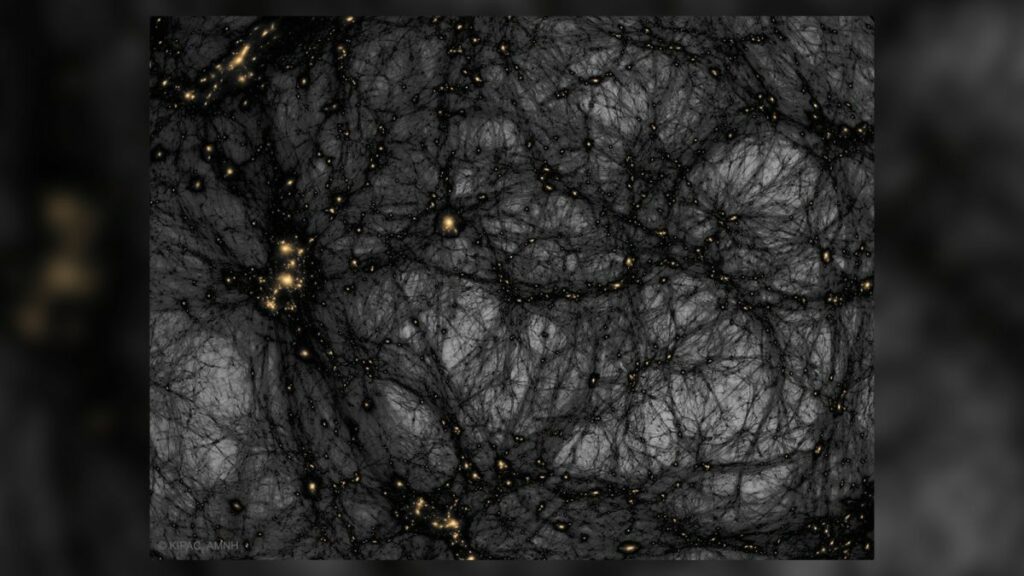
Nguyen, Huterer, and Wen approached the well-established flat ΛCDM concordance cosmology model with a fresh perspective, questioning potential misconceptions. If we were to liken cosmology to a chess game, this model would represent the chessboard and pieces, situated on the tiles of general relativity, driven by the forces of dark energy, and shaped by the gravitational pull of dark matter.
By rewinding the sequence of events we observe today, it’s akin to rewinding a chess game, allowing us to glimpse its beginnings – from a momentary burst of rapid inflation to the era when the first stars formed and eventually collapsed, leading to the birth of galaxies that gradually intertwined into the colossal cosmic tapestry we see today.
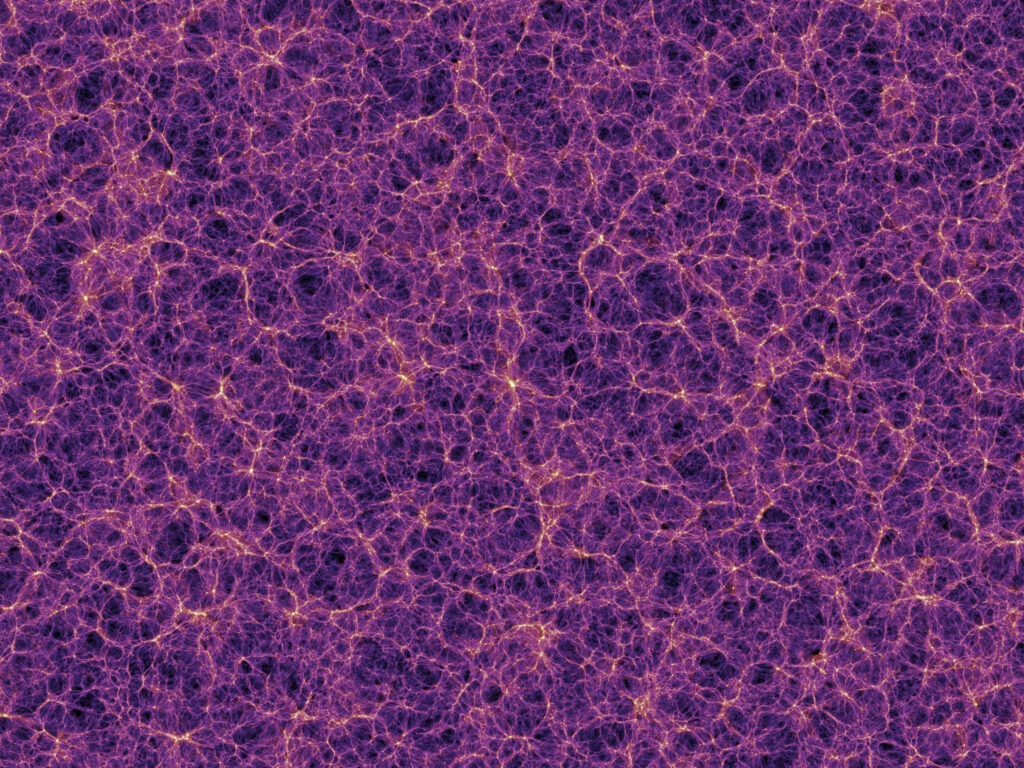
In the event that this progression strayed from the projections laid out by the concordance model, disrupting the development of the Universe’s expansive structure, the discord between various assessments of the Universe’s accelerated expansion would cease to exist.
The scientists employed a blend of measurements, including observations of fluctuations in the cosmic web, gravitational lensing occurrences, and insights derived from the cosmic microwave background. This amalgamation of evidence led them to a statistically compelling verdict that the cosmic web is indeed expanding at a more leisurely pace than what the flat ΛCDM concordance cosmology model had initially foreseen.

Although there are currently no apparent frontrunners to explain what could be slowing down the expansion of the cosmic web, forthcoming measurements of the Universe’s vast structural elements may offer some clues as to whether it’s worthwhile to delve deeper into this notion.
The Universe has spent a staggering 13.7 billion years to attain its current state of grandeur. We can certainly afford to exercise patience for a few more years in our pursuit of unraveling the mysteries behind these beautifully intricate cosmological phenomena.


